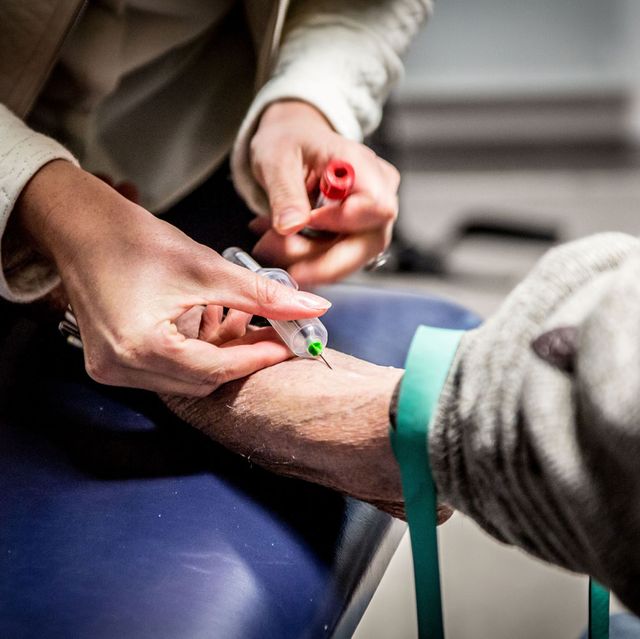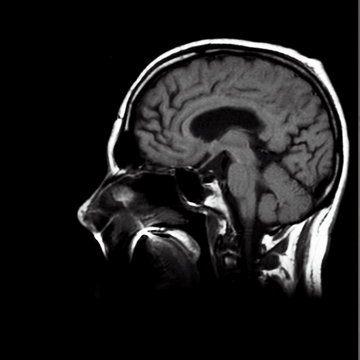Jonathan I. Epstein, M.D. a professor of pathology, oncology and urology at the Johns Hopkins University School of Medicine and researcher at their Kimmel Cancer Center, admits he’s an unusual pathologist in that he actually talks to living patients. Over the years, many men diagnosed with prostate cancer (PCa) have discovered his research through the media and phoned him for advice. “One guy recently called me in tears,” Dr. Epstein recalls, “saying he had PCa, and his wife had just been diagnosed with bad brain cancer, and she was going to die within six months to a year.” He was terrified his own cancer would kill him before he could take care of his wife.
On the surface, the man’s fear seemed reasonable: On the 2-10 Gleason system, i.e., the traditional “gold standard” for rating the severity of prostate tumors, he’d earned a 7—maybe not the absolute worst, but certainly well above average on the sliding scale of scary.
But Dr. Epstein knew something that most patients and many physicians don’t. In practice, the lowest Gleason score anybody gets today is a 6. “This leads to a logical yet incorrect assumption on the part of many patients,” Dr. Epstein says, “that their cancer is in the middle of the scale. The lowest grade should be the lowest number, not somewhere in the middle.”
Numerical grade-flation, to be sure, isn’t the only problem with the Gleason system, says Dr. Epstein. The numbers also don’t necessarily reflect a patient’s actual prognosis. Some traditional 6’s and 7’s, for instance, are slow growing tumors unlikely to cause harm for years; others, however, are much more aggressive and prone to rapid metastasis.
In hopes of distinguishing the turtles from the tigers, Dr. Epstein and his team in 2013 analyzed data from 7,000 living PCa patients, 20,000 tissue samples taken from prostates removed by surgery, and another 5,000 prostate biopsies from men treated by radiation. Based on this, they proposed a new, simplified, and more accurate scoring system that rates prostate tumors from the least aggressive (Grade 1) to the most aggressive (Grade 5). Their new approach has since proved so accurate that in 2016 the World Health Organization adopted it as the new global standard. In the U.S., its use is now mandated, alongside traditional Gleason scoring, and is likely to become our standalone standard in coming years.
Alterations in tumor grading may seem like a ho-hum development, but not to veteran cancer docs and the patients who depend on them for advice. “The first and most important change in PCa treatment is actually not in treatment per se,” says Otis W. Brawley, MD, FACP, Chief Medical Officer for the American Cancer Society. “It’s in determining who needs treatment. Over the last 5 or 6 years, there’s been a dramatic increase in the number of men diagnosed with PCa who are being watched as opposed to aggressively treated.” Thanks to Dr. Epstein’s system, he adds, men with Grade 1 cancer—and even some older men with Grade 2—can now embrace such watchful waiting without feeling it’s a crazy gamble.
Further reassurance along these lines came from ProtecT trial, which compared the 10-year survival among men whose localized PCa was treated either surgically, radiation, or simply active monitoring. The results, published in 2016 in the New England Journal of Medicine, found that all three treatments produced the same, very low rates of PCa death.
For men like the one who called Dr. Epstein in tears, such evidence-based reassurance can be a godsend. Upon further questioning, Dr. Epstein determined the man’s 7 was a 3+4=7 as opposed to a 4+3=7—one of the many confusing subtleties of Gleason scoring. “I explained,” says Epstein, “that nowadays we call this a Grade 2 out of 5, a very good cancer with almost a 90 percent cure rate. I said it won’t kill you anytime quickly—most likely, it won’t kill you at all. No question about it, you’ll be there to care for you wife.”













